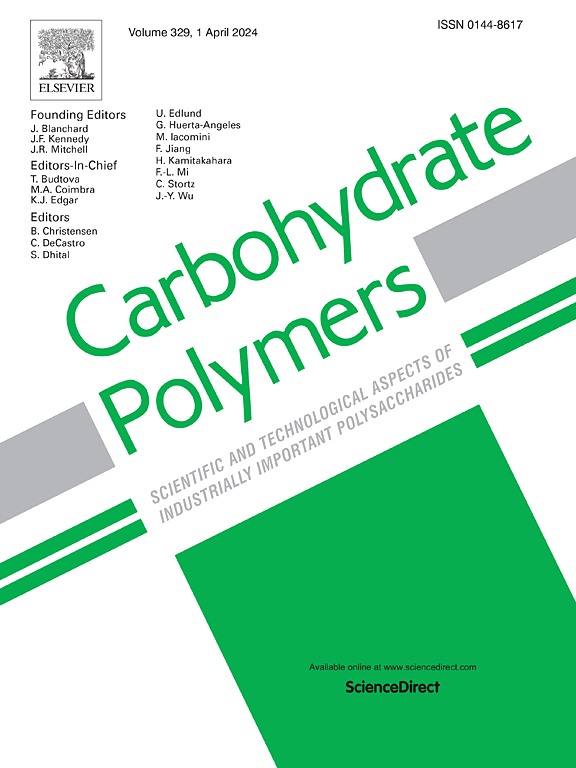From field to food: Impact of nitrogen and phosphorus fertilizers on mung bean starch synthesis, structure, and functional properties
IF 10.7
1区 化学
Q1 CHEMISTRY, APPLIED
引用次数: 0
Abstract
Nitrogen (N) and phosphorus (P) are essential nutrients that play a critical role in mung bean growth and grain quality. This study aimed to evaluate the combined effects of four N and four P fertilizer levels on the synthesis, structure, and functional properties of mung bean starch. The combined application of N and P fertilizers significantly increased starch accumulation by enhancing key enzyme activities. These treatments also caused notable structural changes, resulting in better functional properties, such as increased light transmittance, water solubility, gelatinization enthalpy, and reduced pasting temperature and chewiness, which are crucial for optimizing the quality of starch-based products. In conclusion, the combined application of N and P fertilizers boosted starch synthesis and improved the functional properties of mung bean starch by altering its consists and structure. These findings enhance our understanding of nutrient-mediated starch biosynthesis and structural regulation in legumes providing a basis for increasing the industrial and commercial value of mung bean starch.

求助全文
约1分钟内获得全文
求助全文
来源期刊

Carbohydrate Polymers
化学-高分子科学
CiteScore
22.40
自引率
8.00%
发文量
1286
审稿时长
47 days
期刊介绍:
Carbohydrate Polymers stands as a prominent journal in the glycoscience field, dedicated to exploring and harnessing the potential of polysaccharides with applications spanning bioenergy, bioplastics, biomaterials, biorefining, chemistry, drug delivery, food, health, nanotechnology, packaging, paper, pharmaceuticals, medicine, oil recovery, textiles, tissue engineering, wood, and various aspects of glycoscience.
The journal emphasizes the central role of well-characterized carbohydrate polymers, highlighting their significance as the primary focus rather than a peripheral topic. Each paper must prominently feature at least one named carbohydrate polymer, evident in both citation and title, with a commitment to innovative research that advances scientific knowledge.
 求助内容:
求助内容: 应助结果提醒方式:
应助结果提醒方式:


